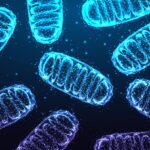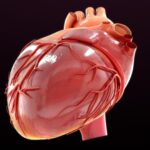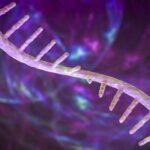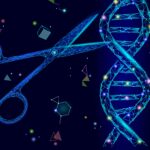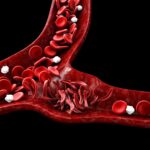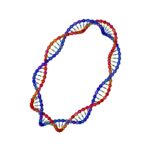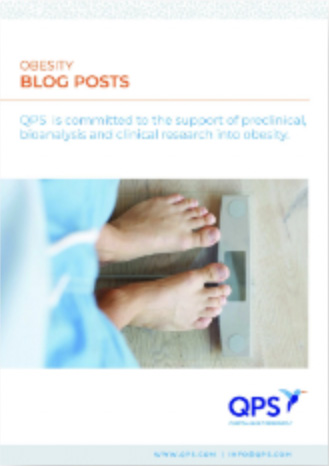The potential to treat severe genetic disorders before birth has taken…
Category: Gene Therapy
Home / Gene Therapy
Human bodies are home to vast microbial ecosystems. New research from…
Scientists have designed a new gene therapy strategy that uses an…
California-based Capsida Biotherapeutics has reported promising preclinical results for CAP-002, its…
Tecelra®, the first engineered T-cell therapy for solid tumors, has received…
Exsilio Therapeutics, a Boston-based biotech startup, has secured $82 million in…
Alnylam Pharmaceuticals, which specializes in developing RNA interference (RNAi) therapeutics to…
In the early days of the human immunodeficiency virus (HIV) epidemic,…
In a pioneering first-in-human clinical trial, an mRNA cancer vaccine developed…
RNA editing is emerging as a promising and potentially safer alternative…
In November 2023, the U.S. Food and Drug Administration (FDA) announced…
Leveraging rapid developments in gene therapy, researchers are designing new ways…
Lurking among the vast genetic holdings of the UK Biobank data,…
A groundbreaking gene editing therapy for sickle cell disease from CRISPR…
Although mosquitoes measure less than an inch and weigh a mere…
RNA-based vaccines have achieved superstar status and Nobel Prize recognition. Now,…
In Scotland, the European wildcat, which is about 20% bigger than…
Gene therapy offers hope for treating a wide range of inherited…
Hemophilia is a rare genetic blood disorder characterized by the absence…
As Earth’s growing population strains farmers’ capacity to produce high-quality protein…
Introduction Real-world evidence (RWE) is accelerating drug development by using routinely collected patient health data, known as real-world data (RWD), to deliver insights beyond…
Introduction Researchers are developing novel, safer treatments for cancer, but bringing new oncology therapies to market is challenging. This white paper will examine the…
Introduction As global obesity rates continue to rise, the search for effective treatments is more critical than ever. Obesity is associated with an increased…
NEWARK, Del.—(BUSINESS WIRE)—QPS Holdings, LLC (QPS), an award-winning contract research organization (CRO) focused on bioanalytics and clinical trials, is celebrating its 30-year anniversary in…
NEWARK, Del.—(BUSINESS WIRE)—QPS India, a subsidiary of QPS Holdings, LLC (QPS), a GLP/GCP-compliant global full-service Contract Research Organization, has achieved another significant milestone by…
TAIPEI, Taiwan—(BUSINESS WIRE)—QPS, a leading global contract research organization (CRO) specializing in preclinical and clinical drug development services, is pleased to announce the expansion…
Webinars

Injecting Hope: Early Steps Toward Prenatal Treatment for Genetic Disorders
June 9, 2025
The potential to treat severe genetic disorders before birth has taken a promising step forward. Researchers at the University of California, San Francisco (UCSF) are

Tracing the Sexome: How Our Bacteria Linger After Sex
March 10, 2025
Human bodies are home to vast microbial ecosystems. New research from Murdoch University in Australia reveals that during sexual contact, individuals exchange unique bacterial communities

Gene Therapy Targets Mitochondria to Destroy Cancer Cells
February 10, 2025
Scientists have designed a new gene therapy strategy that uses an optogenetic approach to attack cancer cells from the inside. Optogenetics combines genetic engineering and

Encouraging Preclinical Results Show Gene Therapy Reduces Seizures
January 13, 2025
California-based Capsida Biotherapeutics has reported promising preclinical results for CAP-002, its gene therapy for developmental and epileptic encephalopathy (DEE) caused by mutations in the syntaxin-binding

Breaking Ground in Cancer Treatment: First T-Cell Therapy Approved for Solid Tumors
September 16, 2024
Tecelra®, the first engineered T-cell therapy for solid tumors, has received approval from the Food and Drug Administration (FDA) for advanced MAGE-A4+ synovial sarcoma in

Can Repeat Dosing with RNA Medicines Be Curative?
August 26, 2024
Exsilio Therapeutics, a Boston-based biotech startup, has secured $82 million in funding and hopes to target genetic conditions with a new approach to gene therapy.
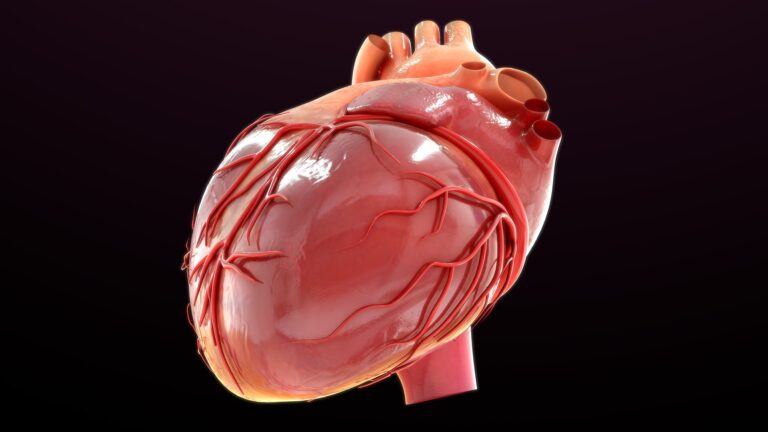
RNAi Breakthrough in Heart Disease Treatment
August 12, 2024
Alnylam Pharmaceuticals, which specializes in developing RNA interference (RNAi) therapeutics to treat genetic diseases, has announced promising clinical trial results for their drug Amvuttra® (vutrisiran)

Mapping the Evolution of HIV Treatment and the Path to a Cure
July 24, 2024
In the early days of the human immunodeficiency virus (HIV) epidemic, there was little hope. HIV infection, when untreated, damages the immune system, making people

mRNA Cancer Vaccine Shows Promise Against Glioblastoma
July 8, 2024
In a pioneering first-in-human clinical trial, an mRNA cancer vaccine developed at the University of Florida (UF) has shown promise in treating patients with primary
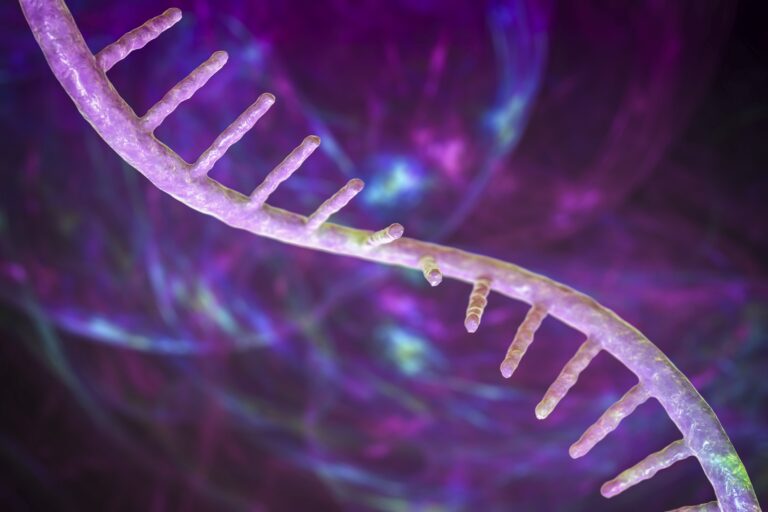
RNA Editing: A Safer Alternative in Genetic Medicine?
June 17, 2024
RNA editing is emerging as a promising and potentially safer alternative to therapies that modify an individual’s DNA. In December 2023, patients were treated in

The CAR-T Conundrum: Are Cutting-Edge Therapies Causing Cancer?
June 10, 2024
In November 2023, the U.S. Food and Drug Administration (FDA) announced an investigation into chimeric antigen receptor (CAR) T-cell therapies, questioning if these promising cancer

Customized Therapies Offer Hope for Patients with Ultra-Rare Genetic Diseases
March 18, 2024
Leveraging rapid developments in gene therapy, researchers are designing new ways to target ultra-rare genetic diseases with treatments tailored to a patient’s specific genetic makeup.

Could Newly Identified Genetic Variant Hold the Key to Metabolic Health?
February 14, 2024
Lurking among the vast genetic holdings of the UK Biobank data, researchers uncovered a potential gem — a gene variant linked to cardiometabolic health. Conditions
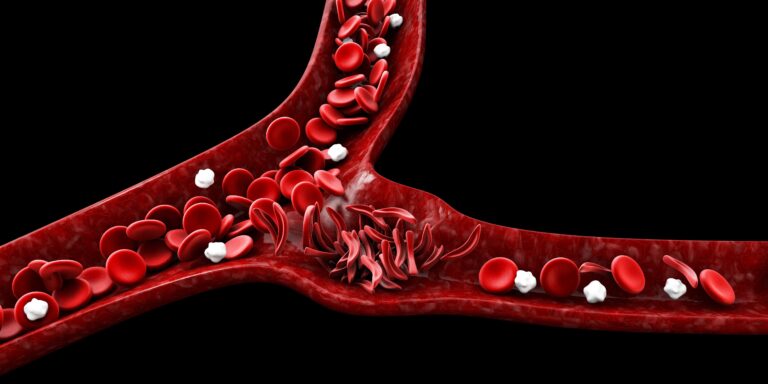
“Like Day and Night” — CRISPR’s Life-Changing Potential in Sickle Cell Disease
February 5, 2024
A groundbreaking gene editing therapy for sickle cell disease from CRISPR Therapeutics and Vertex Pharmaceuticals has received approval from the U.S. Food and Drug Administration.

Pharma’s Expanding Arsenal Against Mosquitoes — the World’s Deadliest Creatures
January 29, 2024
Although mosquitoes measure less than an inch and weigh a mere 2.5 milligrams, the disease burdens they carry make them the “deadliest animal on Earth,”
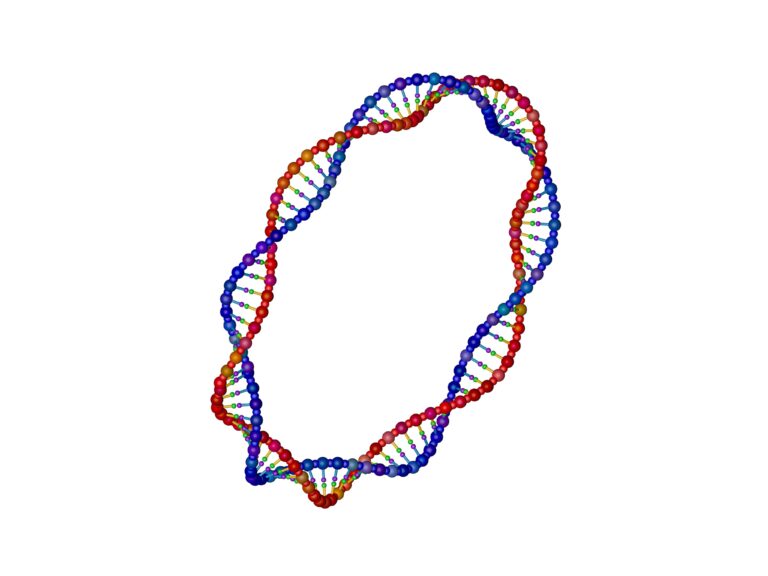
It’s Going Around — Biotechs Bet on Circular RNA’s Therapeutic Potential
January 15, 2024
RNA-based vaccines have achieved superstar status and Nobel Prize recognition. Now, several biotechnology firms are considering circular RNAs (circRNAs) as a platform for therapeutic development,

Feline Folly: Scottish Wildcats Face Extinction After Interbreeding with Domestic Cats
January 8, 2024
In Scotland, the European wildcat, which is about 20% bigger than domestic cats, with denser fur and a thick, blunt tail, is a symbol of

Gene Therapy for Muscular Dystrophy and Obesity
December 13, 2023
Gene therapy offers hope for treating a wide range of inherited and acquired diseases and conditions, ranging from muscular dystrophy to obesity. Gene therapy for
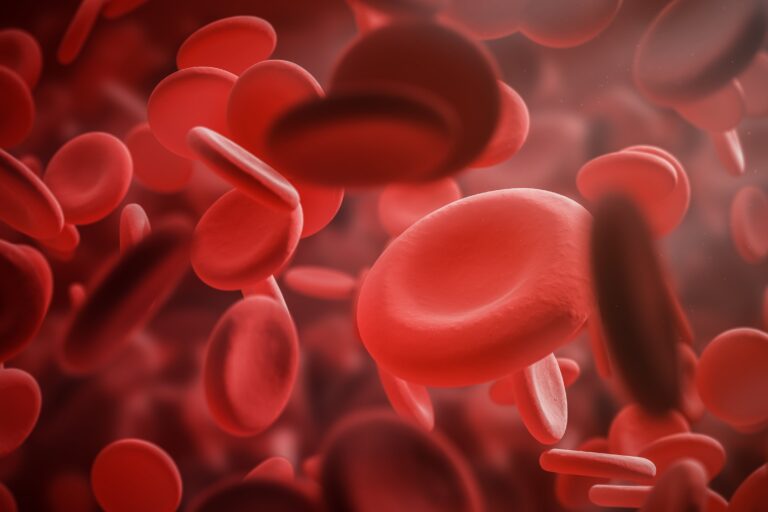
Gene Therapy for Hemophilia
December 8, 2023
Hemophilia is a rare genetic blood disorder characterized by the absence or malfunction of blood clotting factors, which can lead to severe and sometimes life-threatening
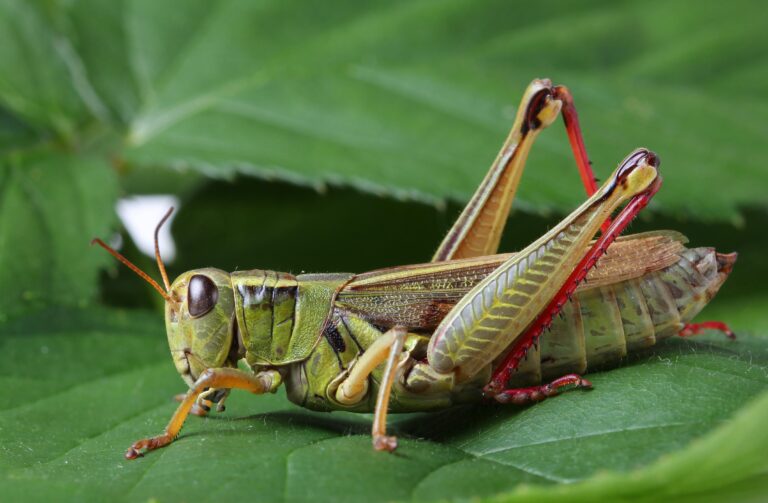
Serving Up Insects as a Sustainable Protein Alternative
December 5, 2023
As Earth’s growing population strains farmers’ capacity to produce high-quality protein sources and expanding livestock production threatens the environment, edible insects are emerging as a
Introduction Real-world evidence (RWE) is accelerating drug development by using routinely collected patient health data, known as real-world data (RWD), to deliver insights beyond…
Introduction Researchers are developing novel, safer treatments for cancer, but bringing new oncology therapies to market is challenging. This white paper will examine the…
Introduction As global obesity rates continue to rise, the search for effective treatments is more critical than ever. Obesity is associated with an increased…
NEWARK, Del.—(BUSINESS WIRE)—QPS Holdings, LLC (QPS), an award-winning contract research organization (CRO) focused on bioanalytics and clinical trials, is celebrating its 30-year anniversary in…
NEWARK, Del.—(BUSINESS WIRE)—QPS India, a subsidiary of QPS Holdings, LLC (QPS), a GLP/GCP-compliant global full-service Contract Research Organization, has achieved another significant milestone by…
TAIPEI, Taiwan—(BUSINESS WIRE)—QPS, a leading global contract research organization (CRO) specializing in preclinical and clinical drug development services, is pleased to announce the expansion…





